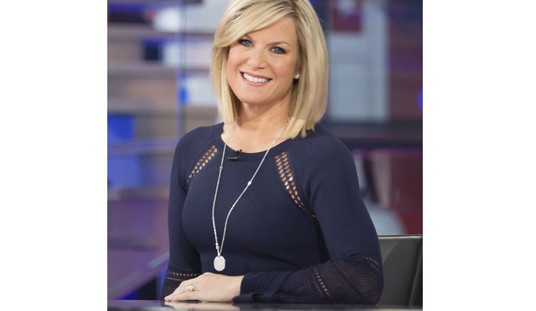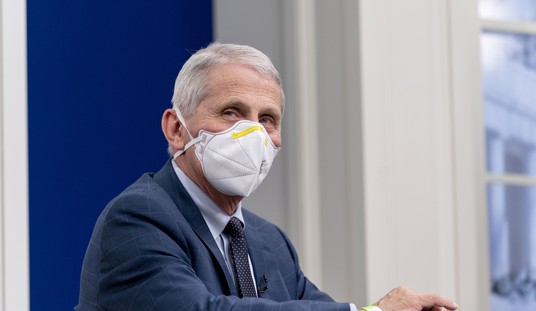On Tuesday, the jury deliberating former Alaska Governor Sarah Palin's defamation suit against the New York Times returned their verdict: The New York Times, they found, did not libel the former Governor in a 2017 editorial.
A jury concluded Tuesday that The New York Times did not libel former Alaska Gov. Sarah Palin for an error in a 2017 editorial that she says damaged her reputation.
The jury deliberated a little over two hours before reaching its verdict after lawyers for Palin and the newspaper delivered closing arguments at a Manhattan federal court civil trial that is in its second week.
Palin testified Monday that death threats against her increased and her spirits drooped after an editorial about gun violence said her political action committee had contributed to political rhetoric that enabled an atmosphere of violence.
The Times corrected the article less than 14 hours after it was published.
Sarah Palin has long been a Second Amendment supporter, and the New York Times knows this.
Her lawsuit stemmed from an editorial about gun control published after U.S. Rep. Steve Scalise, a Louisiana Republican, was wounded in 2017 when a man with a history of anti-GOP activity opened fire on a Congressional baseball team practice in Washington.
In the editorial, the Times wrote that before the 2011 mass shooting in Arizona that severely wounded former U.S. Rep. Gabby Giffords and killed six others, Palin’s political action committee had contributed to an atmosphere of violence by circulating a map of electoral districts that put Giffords and 19 other Democrats under stylized crosshairs.
The use of stylized crosshairs is, of course, nothing new for political campaigns anywhere on the spectrum. Like "lock, stock and barrel" or "hair-trigger," its one of these turns of phrase and symbols that many people don't even associate with actual firearms anymore.
In a correction, The Times said the editorial had “incorrectly stated that a link existed between political rhetoric and the 2011 shooting” and that it had “incorrectly described” the map.
A tearful Bennet apologized to Palin from the witness stand when he testified last week, saying he was tormented by the error and worked urgently to correct it after readers complained to the newspaper.
The First Amendment, of course, gives the press some pretty wide latitude. Pressing a case for defamation against the media, be it print or any other, is a tall order.
See Also: Once Extremely Rare, Defamation Cases Continue Cropping Up in the Press – the Question Is ‘Why?’
One of the attorneys for the New York Times, Felicia Ellsworth, claimed to the jury that Sarah Palin's status as a "public figure" meant that the jury would have to find "actual malice" in the Times editorial for them to find in Palin's favor. The rapid correction was doubtless claimed to disprove any actual malice.
This conclusion is the second time a jury has found in favor of the Times. In 2022, Judge Jed Rakoff rejected the case but allowed the jury to continue to deliberate; that jury also found in favor of the Times, but in 2024, the 2nd U.S. Circuit Court of Appeals restored the case.
This would, for the time being, appear to be the end of the matter.
Help RedState continue to tell the truth about the Trump administration's accomplishments as we continue to usher in the Golden Era of America. Join RedState’s VIP and use promo code FIGHT to get 60% off your membership today.













Join the conversation as a VIP Member